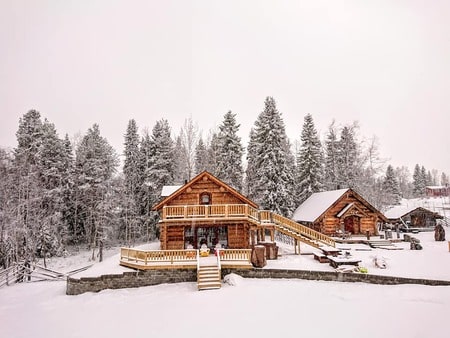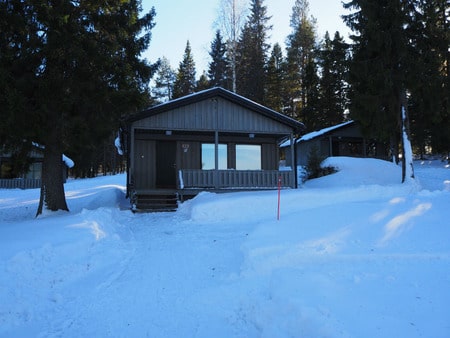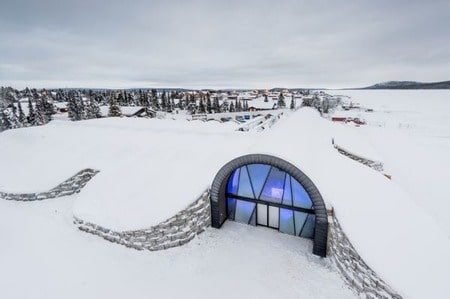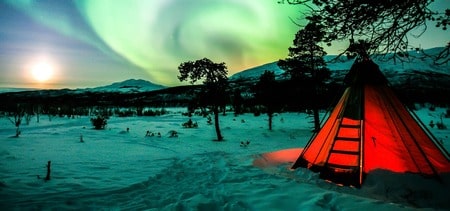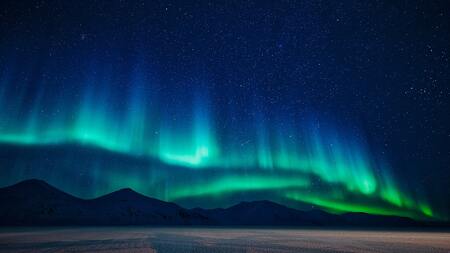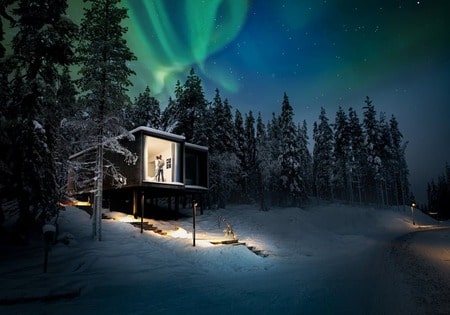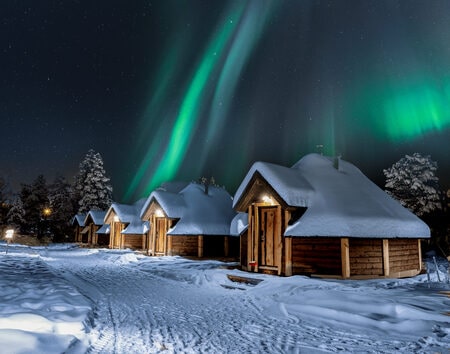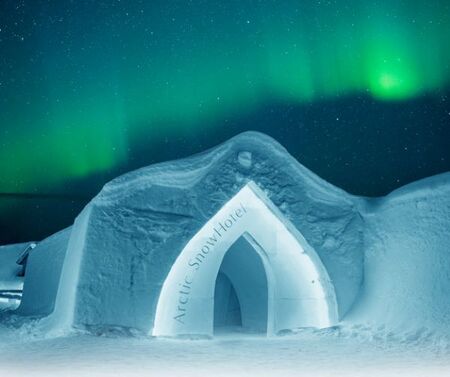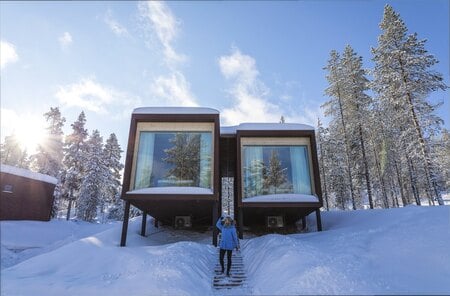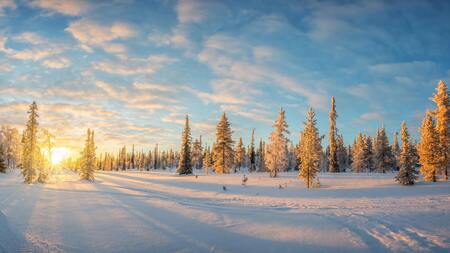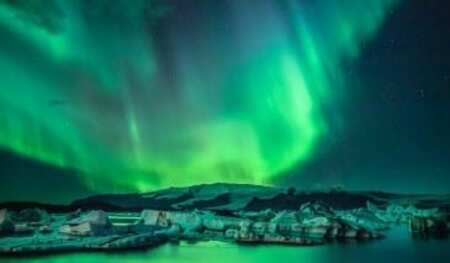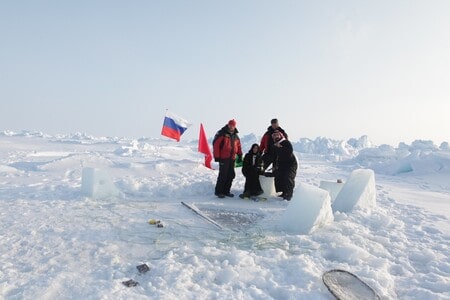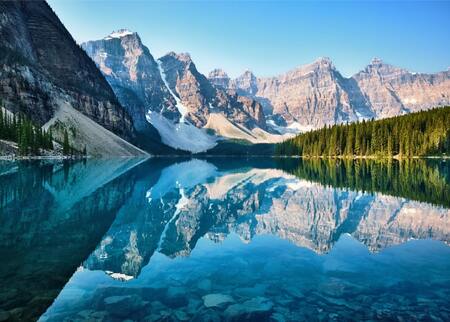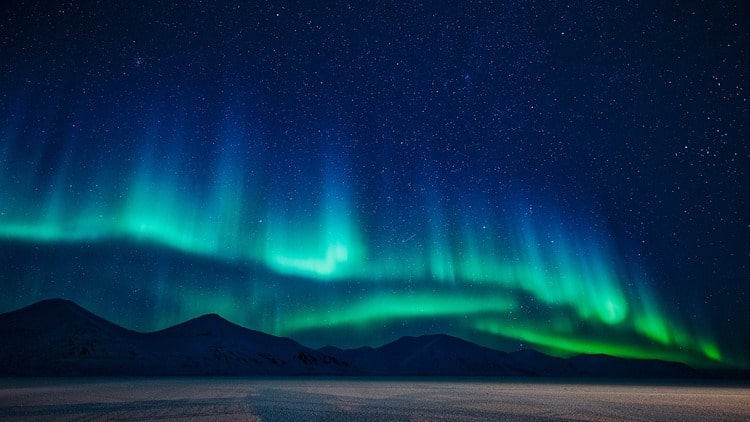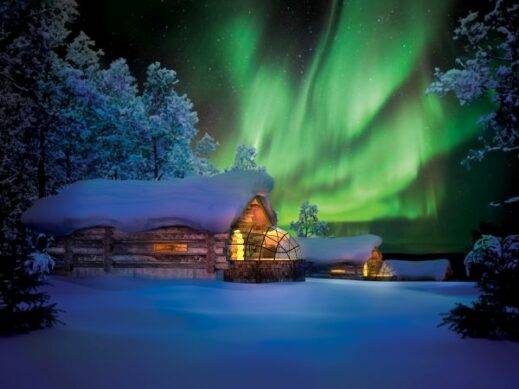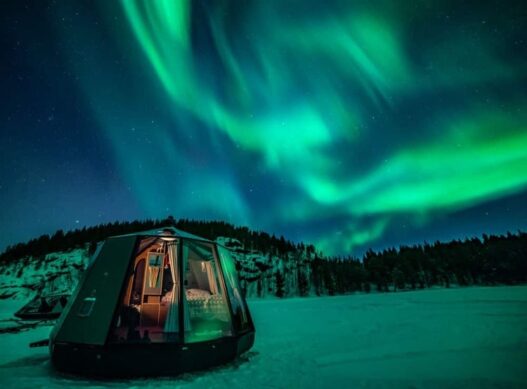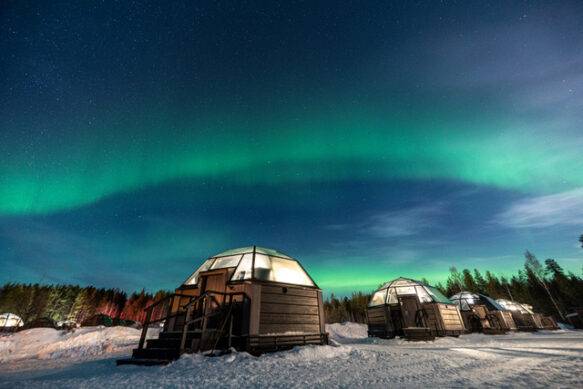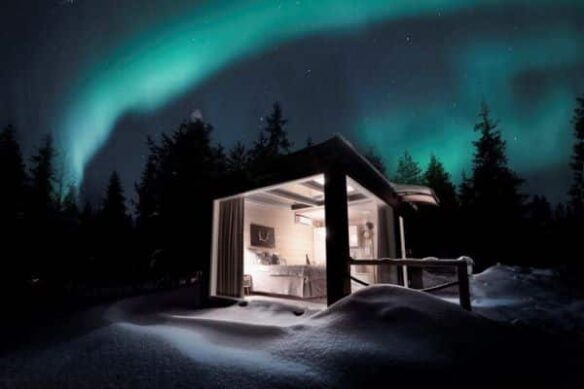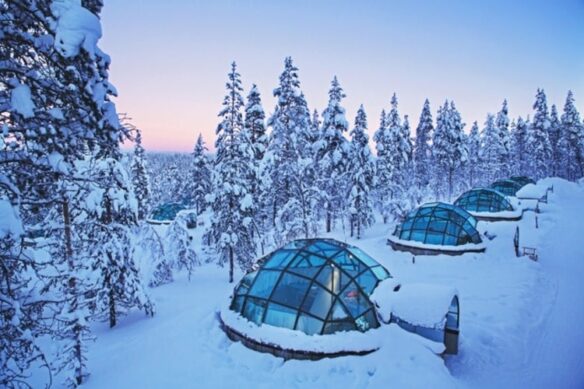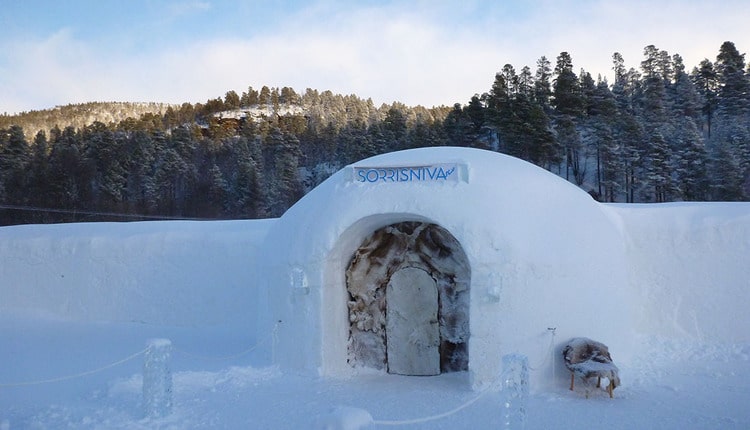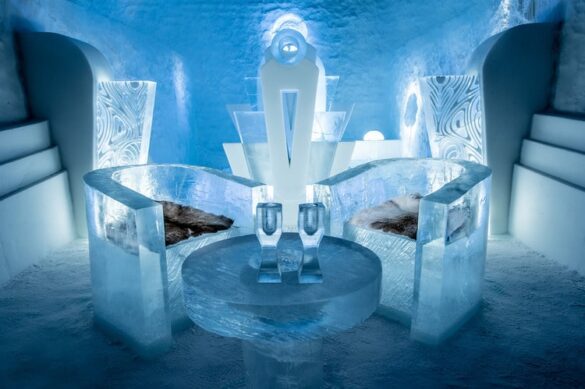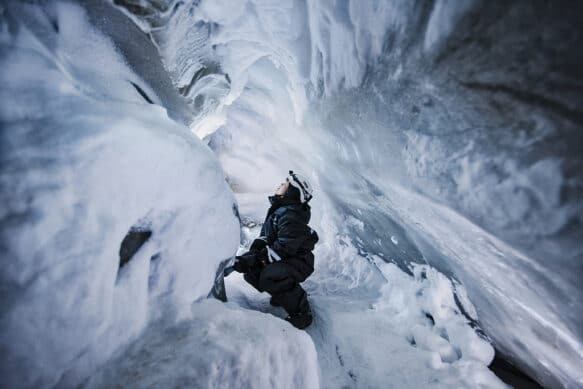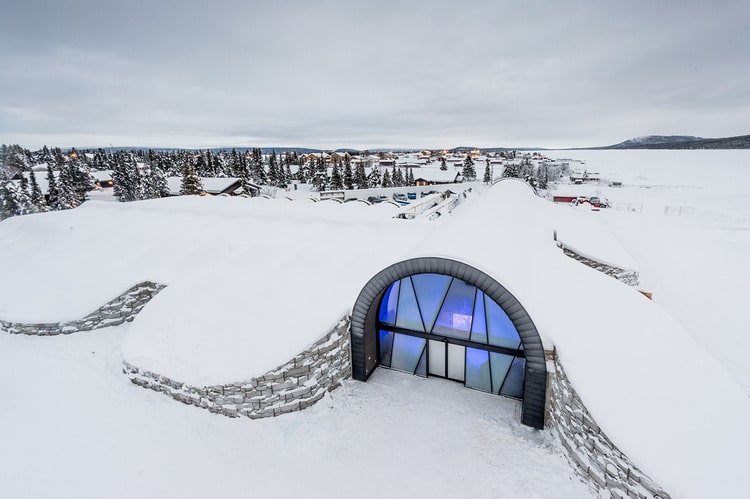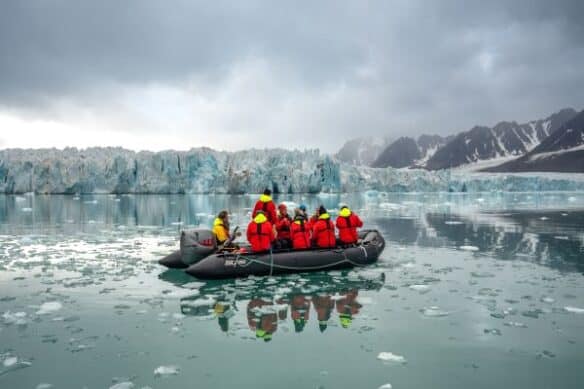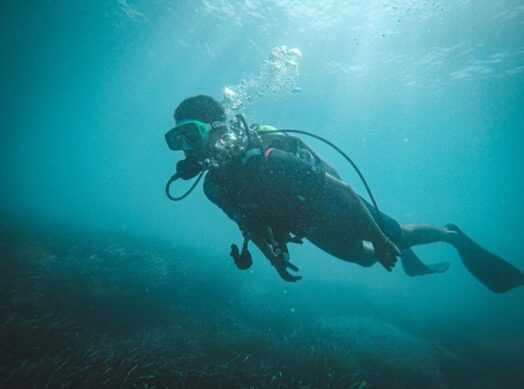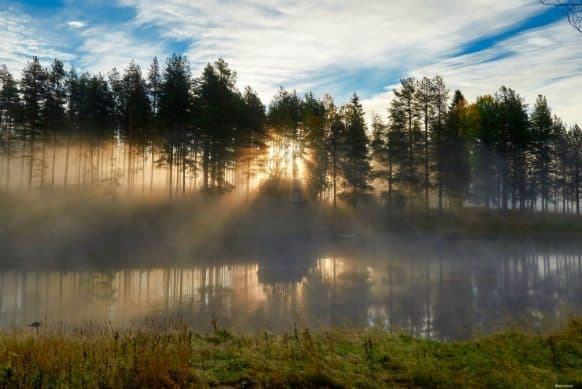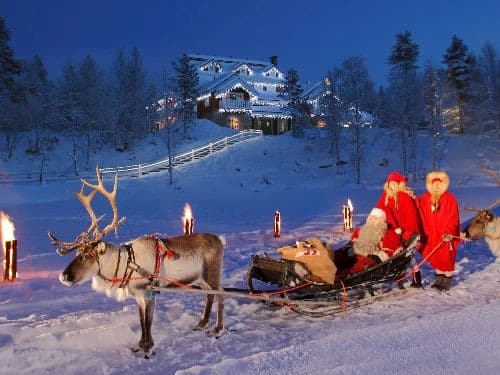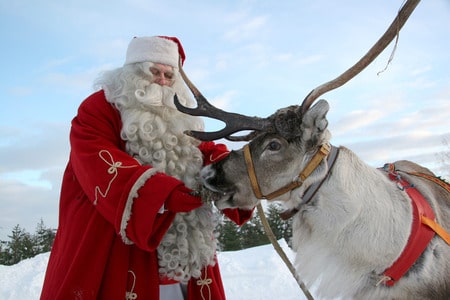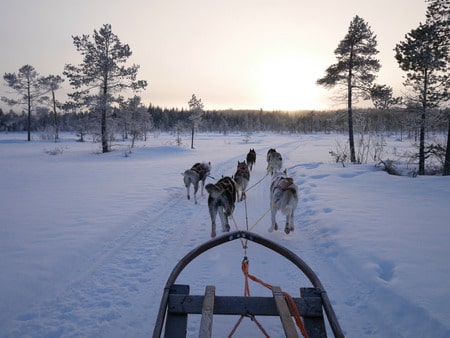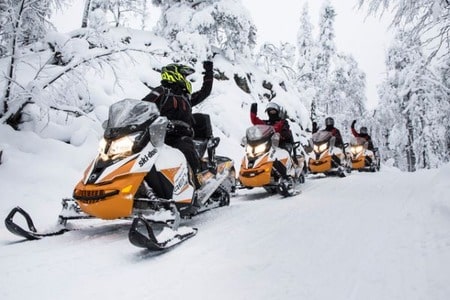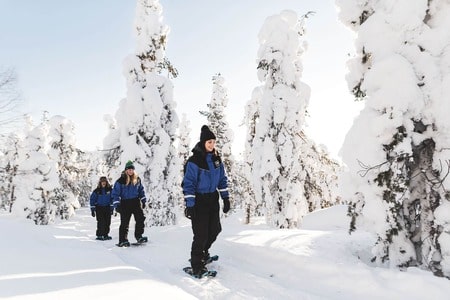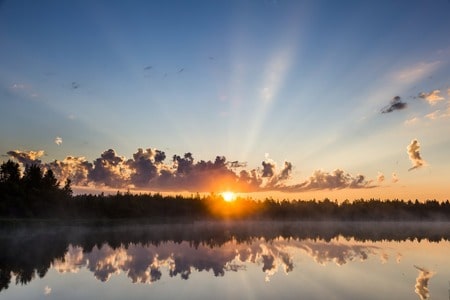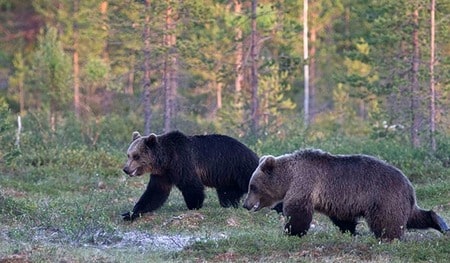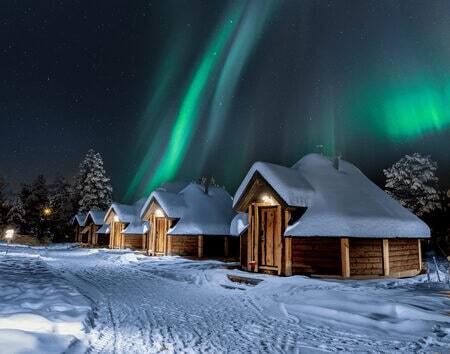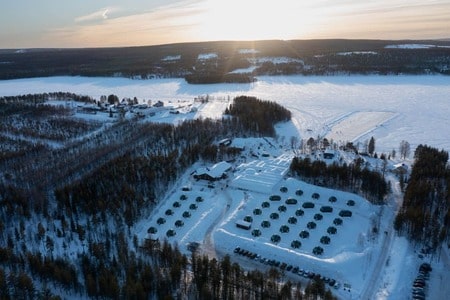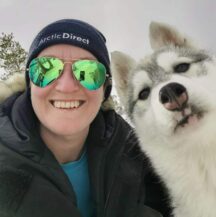If you’ve ever wondered what the difference is between a moose and an elk, they are actually exactly the same. Alces alces is known as moose in North America and the UK, and elk in Europe and Asia. We used to have them here in the UK but they died out around 3000-4000 years ago. They are virtually impossible to domesticate, hard to look after and their value as a farmed animal is low so there’s little chance of their return (although a wealthy landowner did introduce a breeding pair to Scotland in 2008 as part of a rewilding project. He is also, controversially, seeking to reintroduce wolves to the UK, so watch this space!).
The mighty moose is the world’s largest species of deer and they are absolutely massive! Males, or bulls, can measure 6.5 feet at the shoulder, weigh up to 700kg with antlers that can span 6 feet. Females, or cows, don’t have antlers but can still grow to above 5 feet and weigh up to 490kg.
Today, population estimates vary but there are thought to be around 115,000 moose in Finland, 120,000 in Norway and somewhere between 300-400,000 in Sweden. So, in theory, you should have a good chance of seeing one. However, moose can be elusive creatures. They tend to stay in the dense forests during the day so you are more likely to see them around dusk or dawn when they may come out into the open. They are also solitary creatures so if you do spot a moose, you probably won’t see any others nearby.
Despite their somewhat dopey-looking appearance, don’t be fooled; in the wild, moose are best observed from a distance. More people are injured in Alaska by moose than by bears. They can be aggressive in the mating season, if you surprise the females in Spring they will protect their calves, and in winter they can be very grumpy if food is scarce – so we’d recommend leaving them alone pretty much all year round!
You can’t outrun a determined moose!
An adult moose can run at 35mph (Usain Bolt’s fastest recorded time is less than 28mph) and even the calves can run faster than most humans by the time they are 5 days old. They are herbivores so you aren’t in any danger of being eaten but their sheer size means that you could be severely injured if they feel threatened. So, if you want to get closer to this incredible creature it’s best to head into the forests with an experienced guide – just make sure you follow all their instructions.
Moose are well adapted to their environment and their huge hooves act as built-in snow shovels and snowshoes. Because of their height, they tend to eat taller shrubs and grasses in the summer – only scraping away the snow to eat ground-level mosses and lichen during the winter when there are fewer options. Their hooves spread their weight and stop the huge animals sinking into the deep snow.
Moose are strong swimmers and in the summer months are often found in lakes and rivers where they like cooling off and eating the aquatic plants. In fact, the diet of a moose includes a higher proportion of underwater plants than the diet of a hippopotamus. Moose can stay underwater for up to 30 seconds.
As there are no longer so many natural predators in the Arctic area, there are hunting quotas to keep their numbers under control. If left uncontrolled, moose can damage trees and shrubs and cause an increasing number of road accidents (which are often fatal to humans as well as moose). You may well see high moose fences along major roadways to prevent them straying into the roads.
Moose meat is not wasted. At Kakslauttanen, one of our most popular Finnish resorts, you can order a special elk Lappish dinner (there is also salmon, reindeer or wild boar if you prefer to keep your mousse for dessert!). It’s a very lean meat and can be dry so may be served in a casserole or as mince mixed with pork.
Sweden has the densest population of moose in the world so, to see the moose in their natural habitat, our recommendation is to combine a stay at Sweden’s iconic Treehotel with a moose safari. Moose safaris are available all year round and there’s also the option of a specialised trip where a local Sami guide will call the moose closer and you can observe from a special tower. This tour is only available between mid-September to mid-October during the mating season– you may even see bear too if you are lucky. Just give us a call to find out more.

